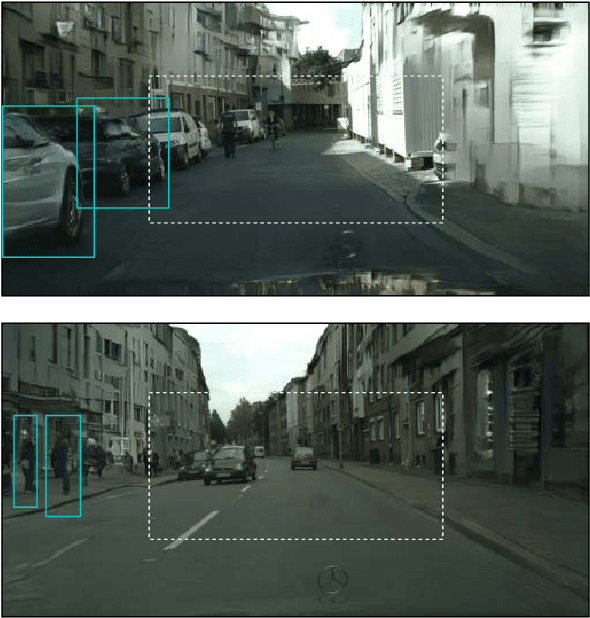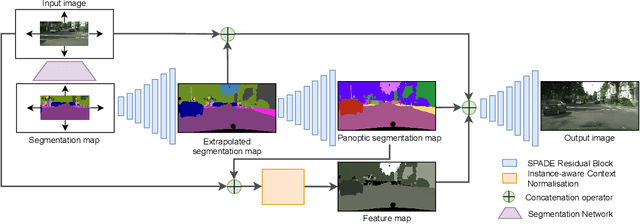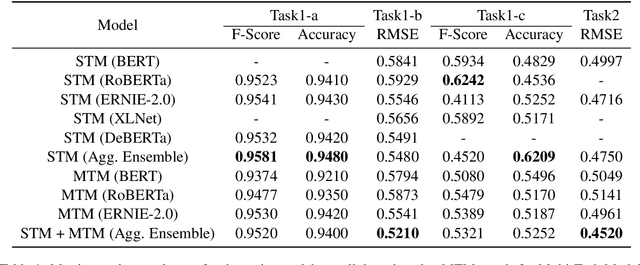Bholeshwar Khurana
SemIE: Semantically-aware Image Extrapolation
Aug 31, 2021



Abstract:We propose a semantically-aware novel paradigm to perform image extrapolation that enables the addition of new object instances. All previous methods are limited in their capability of extrapolation to merely extending the already existing objects in the image. However, our proposed approach focuses not only on (i) extending the already present objects but also on (ii) adding new objects in the extended region based on the context. To this end, for a given image, we first obtain an object segmentation map using a state-of-the-art semantic segmentation method. The, thus, obtained segmentation map is fed into a network to compute the extrapolated semantic segmentation and the corresponding panoptic segmentation maps. The input image and the obtained segmentation maps are further utilized to generate the final extrapolated image. We conduct experiments on Cityscapes and ADE20K-bedroom datasets and show that our method outperforms all baselines in terms of FID, and similarity in object co-occurrence statistics.
Humor@IITK at SemEval-2021 Task 7: Large Language Models for Quantifying Humor and Offensiveness
Apr 02, 2021



Abstract:Humor and Offense are highly subjective due to multiple word senses, cultural knowledge, and pragmatic competence. Hence, accurately detecting humorous and offensive texts has several compelling use cases in Recommendation Systems and Personalized Content Moderation. However, due to the lack of an extensive labeled dataset, most prior works in this domain haven't explored large neural models for subjective humor understanding. This paper explores whether large neural models and their ensembles can capture the intricacies associated with humor/offense detection and rating. Our experiments on the SemEval-2021 Task 7: HaHackathon show that we can develop reasonable humor and offense detection systems with such models. Our models are ranked third in subtask 1b and consistently ranked around the top 33% of the leaderboard for the remaining subtasks.
 Add to Chrome
Add to Chrome Add to Firefox
Add to Firefox Add to Edge
Add to Edge